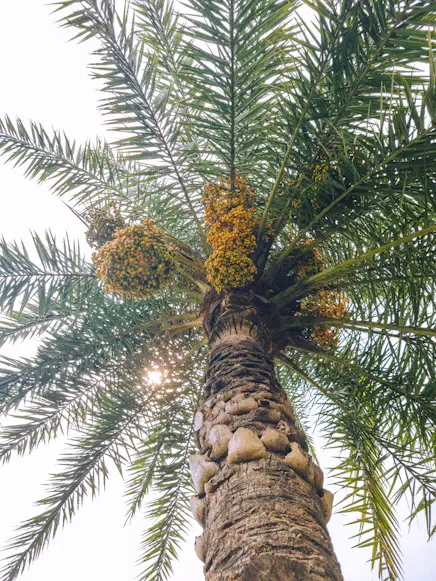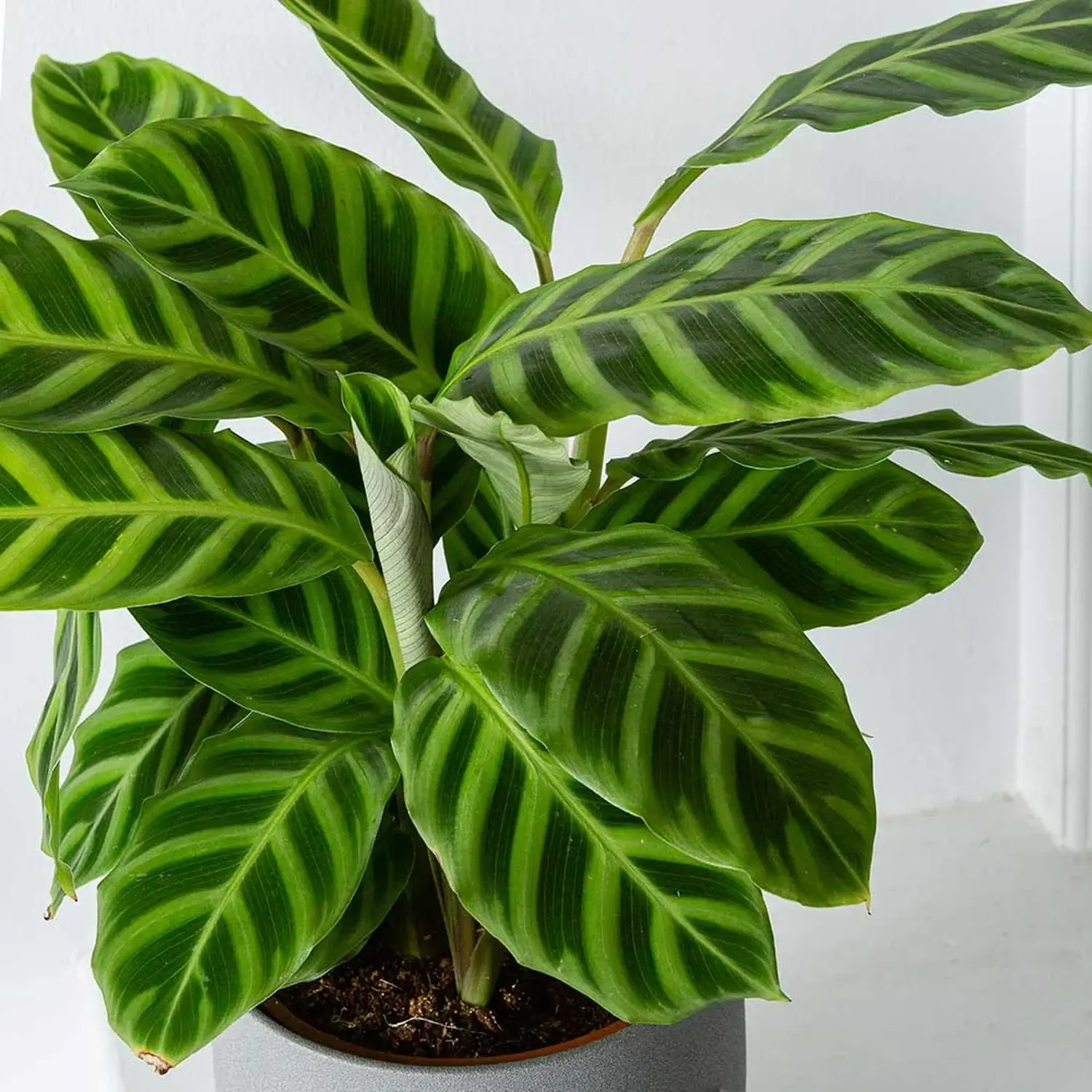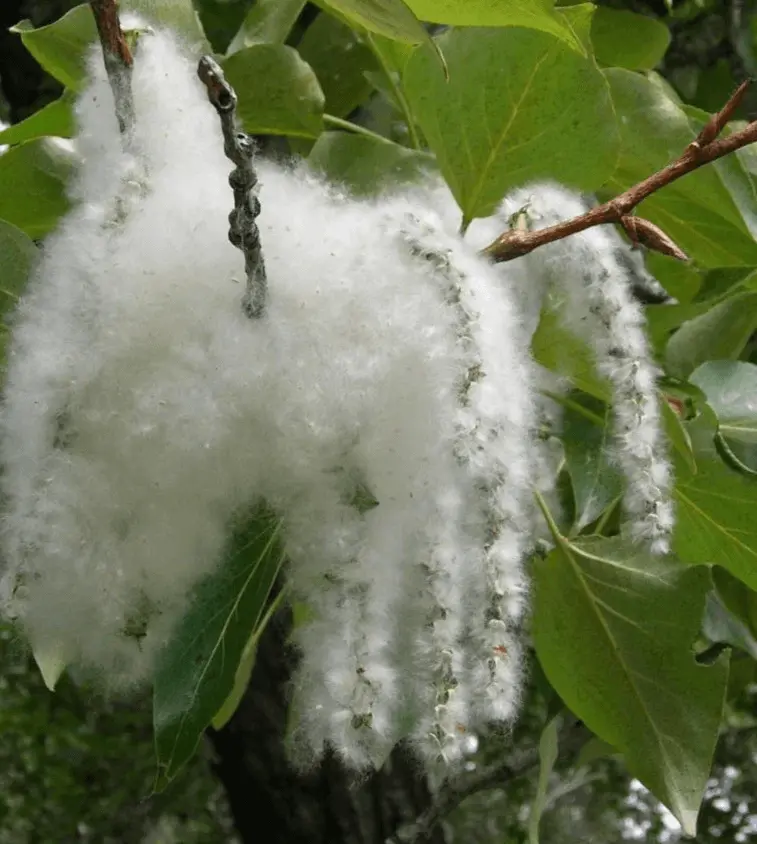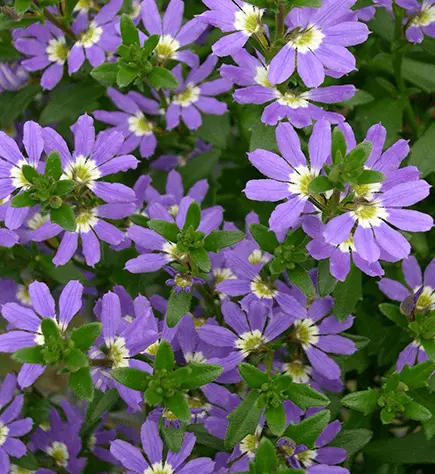
Soil Health & Fertilization
We unite suppliers and green industry professionals worldwide
There are few plants under cultivation that can match Hakone Grass (Hakonechloa macra) for grace, movement, and texture.
By Victor Miller
|Published on June 11, 2025


There are few plants under cultivation that can match Hakone Grass (Hakonechloa macra) for grace, movement, and texture. This low-growing, ornamental grass is known for its gentle, cascading form, resembling a flowing waterfall of green and gold. In its native habitat, shaded mountain slopes in Japan, it survives in low light conditions where other grasses find tough.
Unlike most ornamental grasses that need the sun, Hakone Grass likes it cool and shady, making it perfect for woodland gardens, borders, and containers. When autumn rolls around and temperatures dip, its wispy blades turn ivy shades of gold, copper or even red in a striking seasonal show. Whether as a ground cover, an accent plant in a shady rock garden or an element in a decorative pot or planter, Hakone Grass adds a sense of movement and elegance wherever it grows.
| Botanical Name | Hakonechloa macra |
| Common Name | Hakone Grass, Japanese Forest Grass |
| Mature Size | 12–18 inches tall, 18–24 inches wide |
| Light Requirements | From partial shade to full shade |
| Soil | Moist, well-draining, high in organic matter |
| Watering Requirements | Regularly; likes to remain consistently moist |
| Hardiness Zones | 5–9 |
| Bloom Time | Late summer (subtle, airy flowers) |
| Foliage Color | Green, gold, chartreuse, copper (seasonal) |
| Growth Rate | Slow-growing |

September 25, 2025
9 minute read
September 24, 2025
9 minute read
September 23, 2025
10 minute read
September 22, 2025
9 minute read


Join as a seller and connect with thousands of B2B buyers nationwide!
Sign Up

Date Palm
The Date Palm is a timeless architectural plant, which offers desert elegance in both an outdoor garden or indoors. With its arching, feather-like fronds and slender, rugged trunk, it is a bold statement whether potted or grown outdoors in the right setti

Calathea Zebra
Calathea Zebrina can be your new houseplant crush. This tropical beauty is called the Zebra Plant, and it boasts wide, velvety leaves with stripes of lime green and deep emerald, just like the pattern on a zebra, but with a lush, leafy twist.

Eastern Cottonwood
Eastern Cottonwood (Populus deltoides) is a majestic tree, which is recognized by its triangular, shimmering green leaves that flutter gracefully in the wind. Its wide canopy can give you precious summer within just a few years — uncommon for a deciduous

Fan Flower
Commonly known as the "fairy fan-flower", Fan Flower is ideal for those who wish to enjoy flowers year round with no fuss. Whether you are filling your pots, hanging baskets or sunny borders, this trailing plant produces blooms all summer from late spring
Hakone grass prefers moist, well-draining soil and partial shade and is easy to grow. This slow-growing ornamental grass takes little care but offers dense, billowy foliage in return.
Hakone Grass — a gorgeous shade-loving grass, prefers partial to full shade, making it a great option for shady gardens that traditional grasses will not thrive in. It does well in some morning sun, however, strong afternoon sun can burn the delicate leaves. In cooler climates, it may adapt to more sun exposure as long as the soil remains consistently moist.
In terms of soil, Hakone Grass thrives in rich, moisture-retentive soil with good drainage. Rich loamy or humus soil adds to its rich color and vigorous growth. It prefers slightly acidic to neutral soil (pH 6.0-7.0), but can handle many conditions as long as it’s not in compacted, dry soil.
Unlike many drought-tolerant grasses, Hakone Grass likes moisture to stay consistent. It needs constant watering to keep its soft, flowing shape. It will also need extra watering during dry spells to stop leaf tips from drying out. But soggy soil should be avoided, since too much moisture can cause root rot.
It only requires minimal pruning to keep looking its best. In late winter or early spring, cut away dead foliage down to the ground before new growth sprouts. This helps maintain a fresh, healthy appearance for the coming season.
Throughout the growing season, darker or damaged leaves can be cropped to tidy and streamline the plant’s flowing figure. Unlike other ornamental grasses, Hakone Grass is non-invasive and slow-growing, meaning it won’t require frequent division or aggressive trimming.
The easiest method of propagating Hakone Grass is by division, which can rejuvenate older clumps and provide you with new plants for other areas of your garden.
Although Hakone Grass is slow to grow, you’ll be rewarded with lush, cascading foliage that softens any landscape.
As a container plant, this ornamental grass is a perfect choice for patios, balconies and shaded entryways, generating a softer, flowing texture.
Container-grown Hakone Grass should be divided every few years to prevent overcrowding and maintain its elegant, cascading form.
Hakone Grass is cold-hardy in USDA zones 5–9 and typically needs little winter care. In colder regions, though, some care will help ensure that they grow back healthy in the spring.
For in-ground plants, the foliage should be left in place over winter, providing natural insulation. In early spring, cut the dead leaves down, making way for new green shoots. If you plan to grow them in containers, relocating pots to a sheltered spot can ward off root damage from freezing temperatures. Plus, a layer of mulch at the base can also add layer of protection during harsh winters.
Hakone Grass is primarily grown for its beautiful foliage, but in late summer it produces airy, wispy flowers that echo its leaves. These flowers are not flashy; they add another soft, feathery texture to the plant’s already elegant profile.
And if you prefer the plant’s foliage to its flowers, the bloom stalks can be removed to keep a neater, more even shape.
Hakone Grass is quite low-maintenance, but there are a few issues that can occur if growing conditions aren’t right.
In hot, dry climates, for example, drought stress can cause browning or crisping of leaves. To stop this, make sure to keep the soil evenly moist. While this species does experience slow growth, faulty soil quality or dry conditions can impact its maturation even further.
Fungal diseases, such as root rot or leaf spot, can develop in overly wet or compacted soil. Proper drainage and air flow will help avoid these problems. Hakone Grass is also pest resistant, including deer and rabbits, so it is a no worries addition to the garden.
Hakone Grass is a true gem for shaded gardens, providing soft, flowing texture, stately color changes and little maintenance. Whether serving as a ground cover, border plant or feature in a container, its gentle, cascading swaying imparts a sense of peace and refinement to any landscape. If you need a low-maintenance and non-invasive ornamental grass that grows in shade, the Hakone Grass is a great option.
It likes partial to full shade, though it will take some morning sun in cooler climates. Too much direct sun can scorch its leaves.
It is a clumping, slow-growing grass that stays well-contained and does not spread aggressively.
Water frequently, maintaining evenly moist soil but never soggy.
Yes, but it will need bright, indirect light and high humidity to thrive indoors. It prefers shaded patios or outdoor environments.
Yes! Its foliage lends seasonal beauty to any garden, turning gold, copper or reddish in autumn, depending on the variety.

Soil Health & Fertilization
Victor Miller

Pest Identification & Prevention
Victor Miller

Lawn Care Tips & Maintenance
Victor Miller

Soil Health & Fertilization
Victor Miller

Smart Irrigation Systems
Victor Miller

Patios, Walkways & Driveways
Victor Miller

Soil Health & Fertilization
Victor Miller

Pest Identification & Prevention
Victor Miller
My Account
Our team is always here to help.
We are open Monday - Friday, 9:00 AM to 4:30 PM PST.